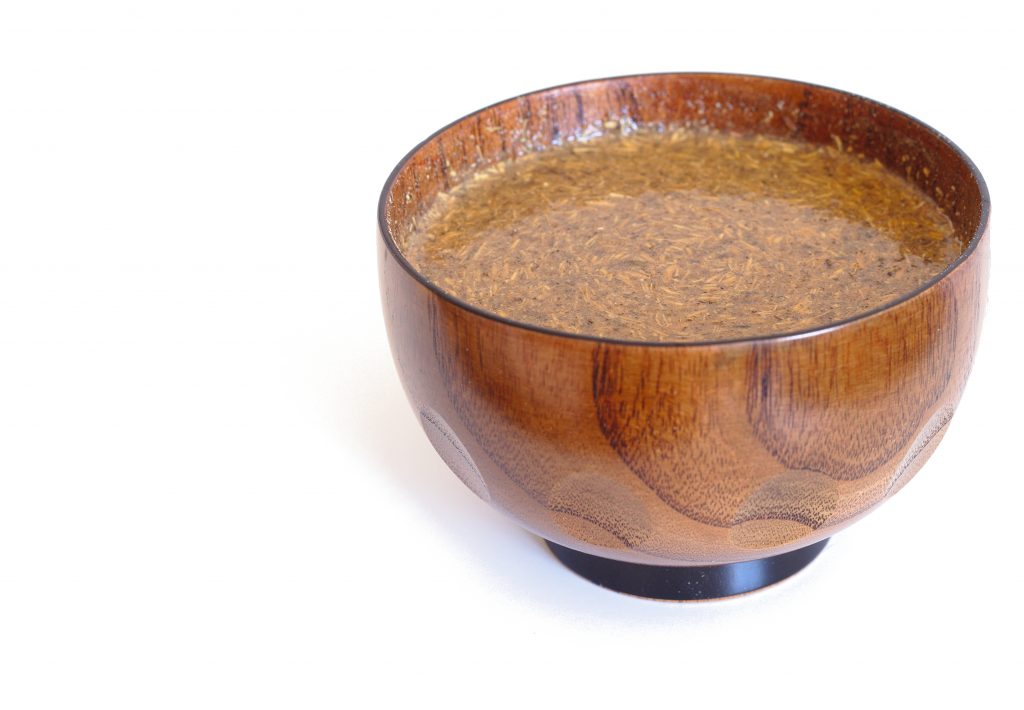With the return of natural dietary supplements and the rise of products like kratom and CBD, it can be hard to keep up with all of the different offerings that are available today.
Here at Phytoextractum, we have a wide variety of these products available to our consumers: kratom, CBD, kombucha, mushrooms, and more. We believe that all of these products can have some positive effect on consumers’ lives, so we do our best to stock the best, highest quality versions of these products on the market.
Additionally, we also aim to educate consumers that are curious about the history, power, and status of each of the items that we keep in stock.
Many of our consumers don’t yet know much about kava kava. Have you heard of kava before? This natural root is a bit of a mystery to some, but it’s worth taking the time to learn a little bit more about it!
What Is Kava?
Let’s start with the basics!
Kava is an extract that is taken from the roots of a plant known as Piper methysticum. This plant is also known as “awa,” “ava pepper,” “intoxicating pepper,” or “long pepper.” While the plant has many names, the extracts that are taken from all of these plants have similar effects when used as a supplement.
The kava plant is a member of the pepper family, and that is why there are some names for this plant that include the word pepper. If you look at the leaves of the plant, you will see that they are similar in shape and size to a bell pepper plant.
Where Does Kava Come From?
The plant that kava originates from typically grows in tropical regions. In particular, kava can be found in the Hawaiian islands, the South Pacific, and in other regions like Indonesia and Thailand. If it has tropical weather and a relatively long rainy season, there is a chance that kava grows in that region.
How Was Kava Traditionally Used?
Many believe that the original usage of kava originated in the South Pacific. The word Kava actually comes from a Polynesian word. This word, “awa,” can be translated to bitter.
Traditionally, kava is brewed into a drink. This drink is mildly intoxicating, and it is usually consumed socially. In the same way that western societies drink alcohol, South Pacific Islanders drink kava!
What Benefits Does Kava Offer?
While kava cannot be treat any conditions, there are a number of anecdotal stories about how it can benefit a user. We’ve found that many consumers take kava in hopes of benefiting from its relaxing properties, often finding that it helps them deal with stress or get a better night’s sleep.
Beyond these issues, some people rub kava on their skin to improve skin conditions while others use it as a mouthwash when they are dealing with things like canker sores in their mouth.
Again, kava is not FDA approved to treat any of these conditions, and we do not sell kava as a way to treat these issues. Instead, we suggest you use it as a dietary supplement for your overall health at your own discretion.
Today, we simply aim to share how and why many consumers use this botanical.
How Is Kava Taken?
When kava is used, the parts of the plant that are mostly used are the root and the underground stem. Kava is often divided into noble and non-noble cultivars, with only noble cultivars being appropriate to consume. These are used to prepare drinks, especially for traditional use in South Pacific cultures. These parts of the plant can also be ground and made into capsules, tablets, or straight powder extracts.
Typically, kava is consumed in a beverage form, but it can also be taken more directly in powder or capsule form. For some benefits, there are users that report rubbing a kava paste on their skin to help deal with dry skin and other issues. Finally, some people use kava as a mouthwash.
How Does Kava Work?
Several studies have been done on kava and its active ingredients, called kavalactones. Scientists have discovered at least 18 kavalactones in kava plants and have studied their pharmacology (or how they act and react in the human body). Most studies indicate that kava has relaxing effects. Many kava users agree that kava affects the brain and central nervous system. Kavalatones are thought to bind with receptors in the nervous system to causing the observed effects.
Is Kava Legal?
While there have been health concerns raised by the FDA about kava in a few specific circumstances, kava remains legal in the USA. The substance has been banned in some European countries, and Canada also forbids its sale.
Pacific Islands that export kava took a hit to their economies when this happened, but the US still permits the import and use of kava as a dietary supplement. Of course, it cannot be sold as a medicinal herb or remedy.
The main concerns that have been cited over time about kava are similar to the problems caused by alcohol. In particular, there has been some concern that too much kava usage can lead to liver problems, but further studies are needed to understand this risk and incidences are generally rare.
Kava is quite popular in the United States and is marketed as an herbal supplement. In some cities, there are even kava bars where consumers can gather to socialize without alcohol.
Kava Kava!
Like kratom, kava is a very old botanical with a long history of being a beneficial body booster. And, as with all our other botanicals we do our best to only source highest quality product, and to handle that product in accordance with Good Manufacturing Practices.
If you are looking for quality kava powder, you can trust that we here at Phytoextractum always strive to stock only superior products.

